Dreams Take Flight
Young students collaborate on a school-wide clay mosaic inspired by The Very Hungry Caterpillar and its transformation.
1 November 2025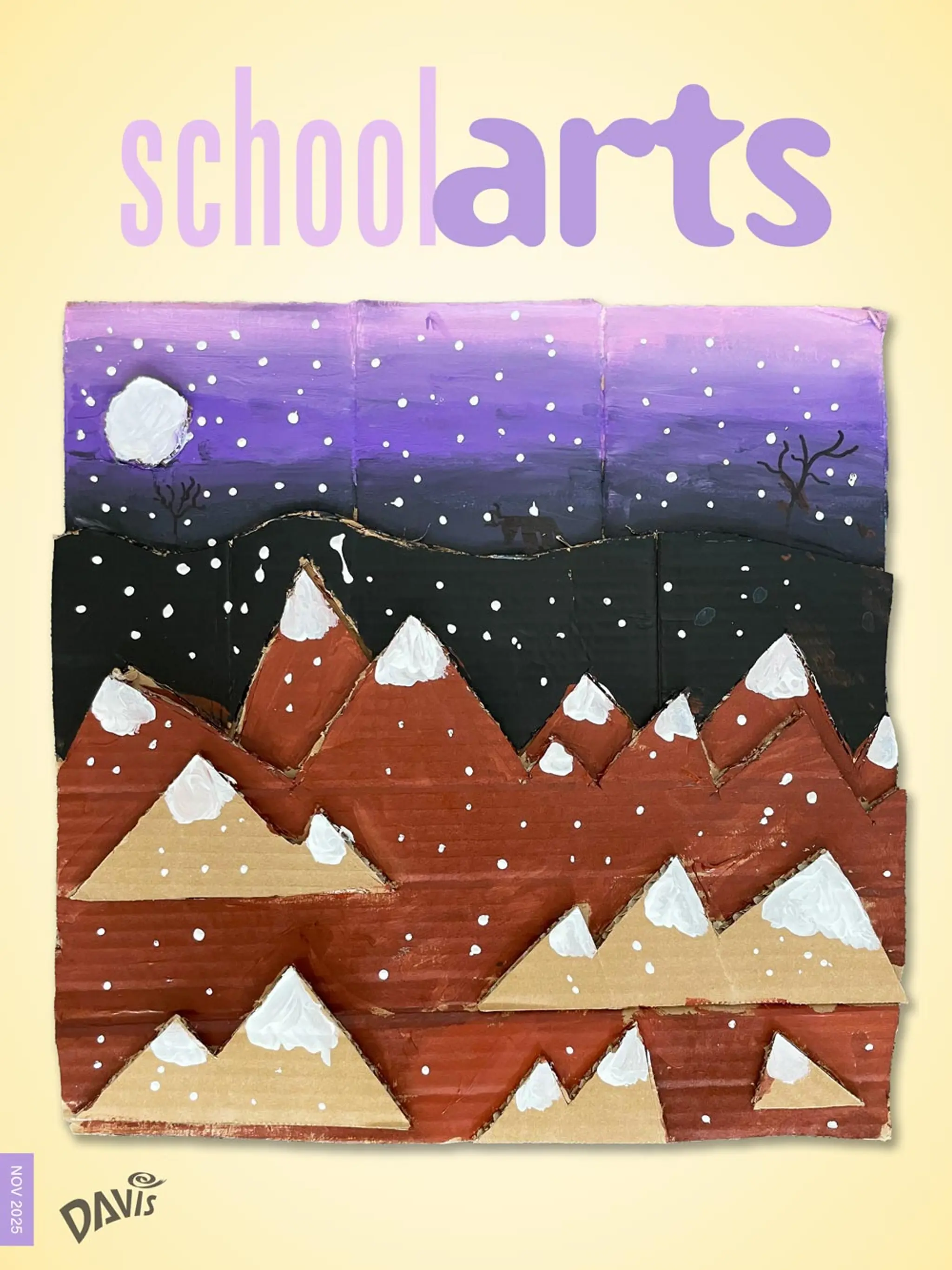
Art teachers explore the theme of transformation, guiding students to shift perspectives and reimagine materials as new works of art. Young students collaborate on a school-wide clay mosaic inspired by The Very Hungry Caterpillar, elementary students breathe new life into cardboard with landscape-inspired low-reliefs, middle-schoolers transform recycled materials into wearable art, high-school students turn disassembled machine parts into futuristic inventions, and more.

While teaching students about new artists, processes, and techniques, art teachers also prioritize building relationships and strong foundations. Young students transform the hallway bulletin board into a giant sheet music mural promoting kindness, elementary students develop fantastical illustrations, middle-school students embrace imperfections while making stained glass jewelry, high-school students work with limited materials to create balanced compositions, and more.
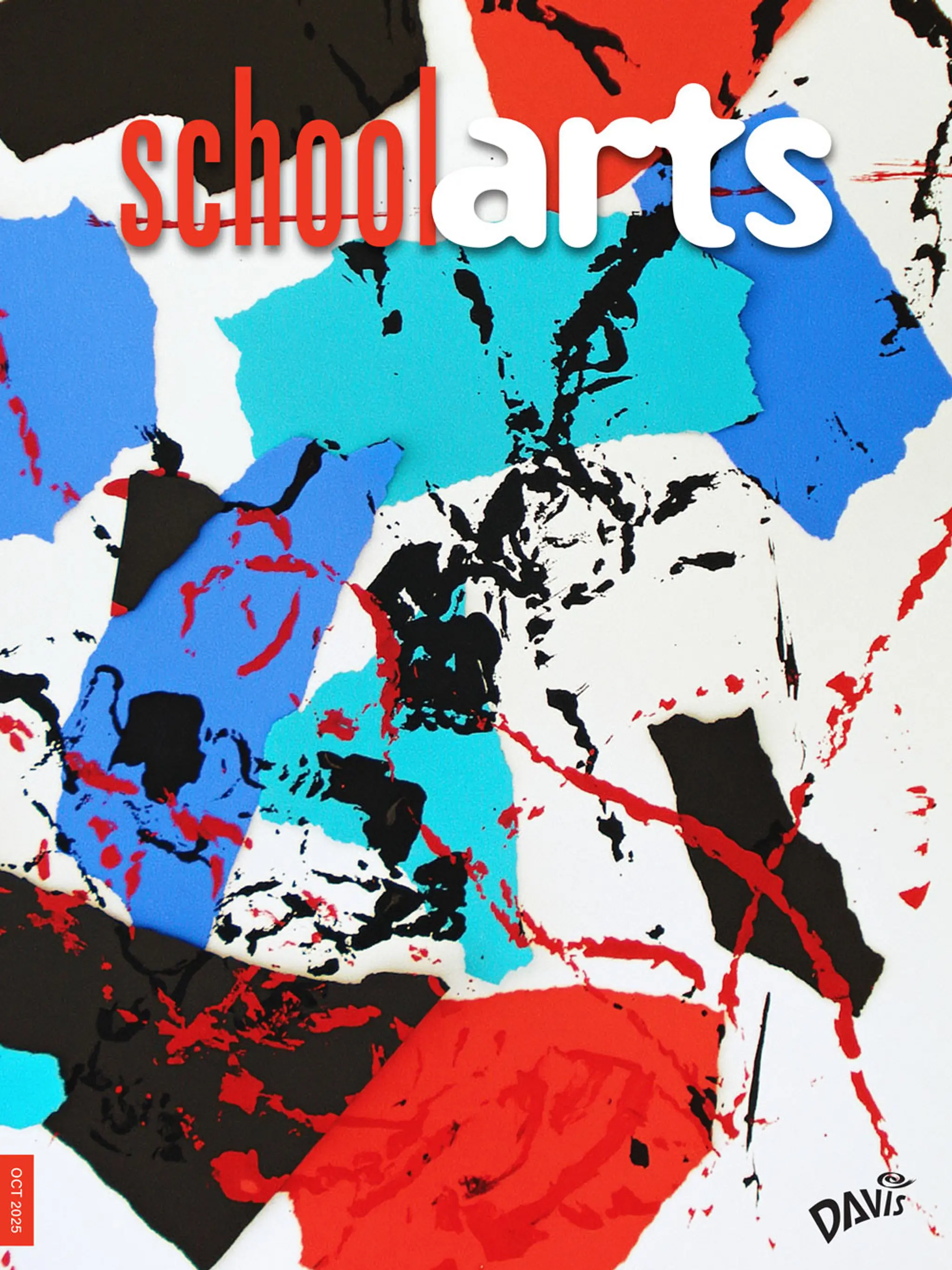
Art teachers foster student voice and choice, guiding them to be thoughtful artists and critical thinkers. Young students engage in a three-part insect-drawing unit that blends science and imagination. Elementary students design 3D miniature studios inspired by artist research. Middle-schoolers use mapping to craft conceptual self-portraits reflecting identity. High-schoolers study Naum Gabo’s Constructivist sculptures, then build original works tied to personal interests.
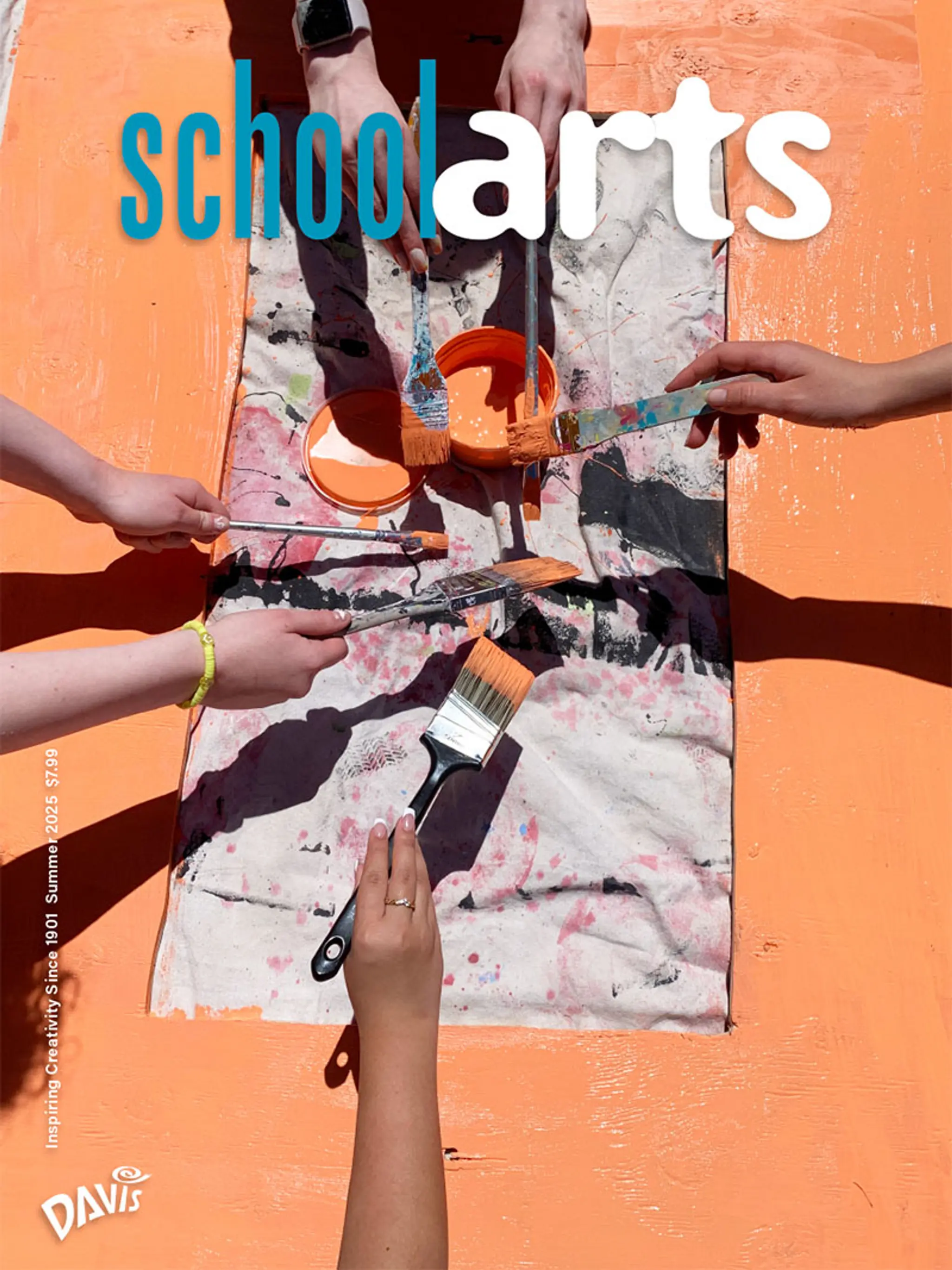
Art teachers share new and exciting art-making experiences in and outside the art room. Young students collaborate to paint a hanging cardboard butterfly installation, elementary students use everyday objects to create illuminating bookshelf dioramas, middle-school students use 3D-scanning technology to print lifelike portraits, high-school students address contemporary issues while creating in an outdoor classroom, and more.
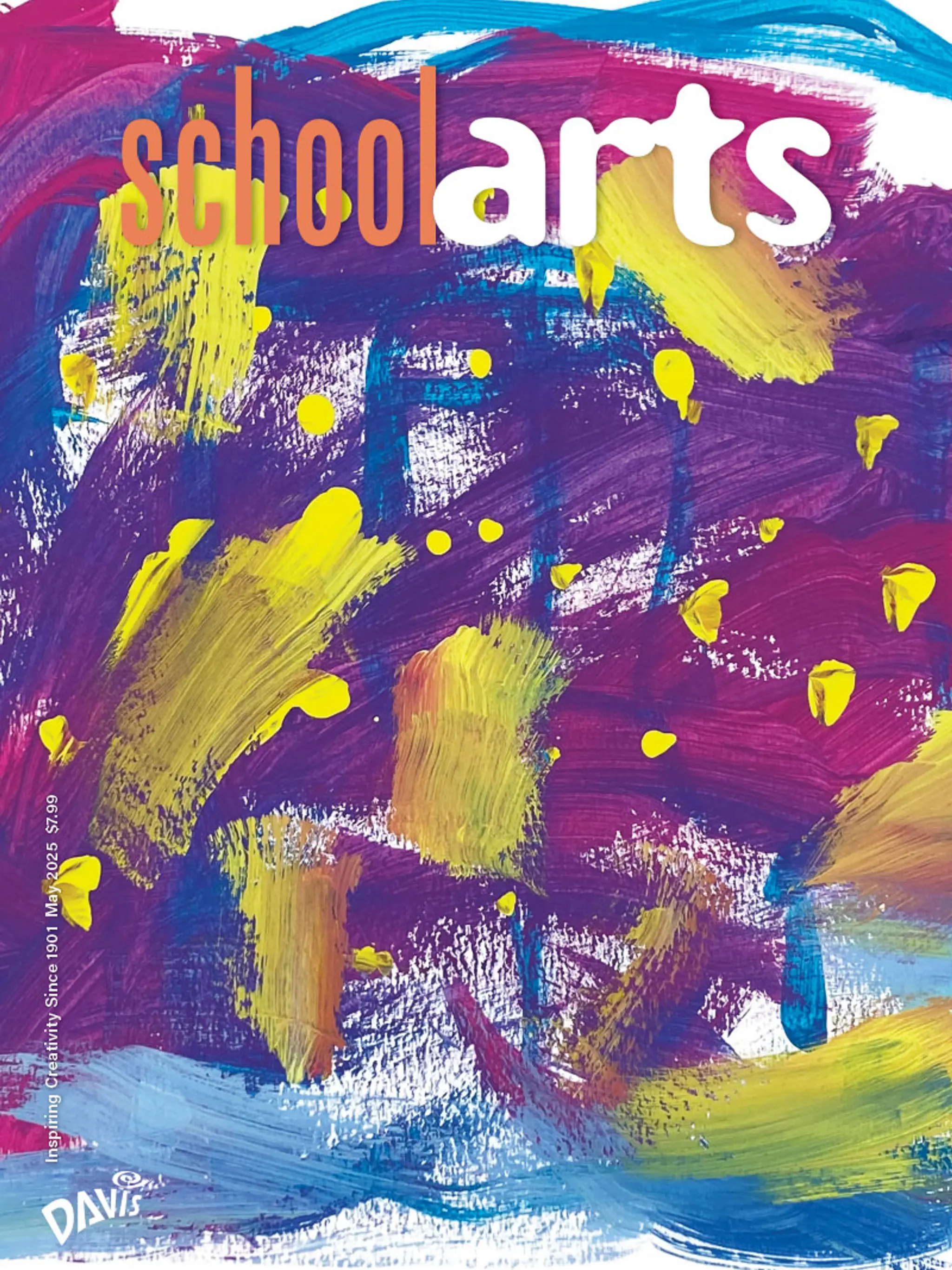
Art teachers use a process-based approach to engage students in art-making. Young students apply color-mixing to create vibrant watercolor paintings, elementary students are introduced to the unique process of paper quilling, middle-school students use critical thinking and ideation skills while drawing meaningful self-portraits, high-school students use fused glass techniques to create functional works of art, and more.
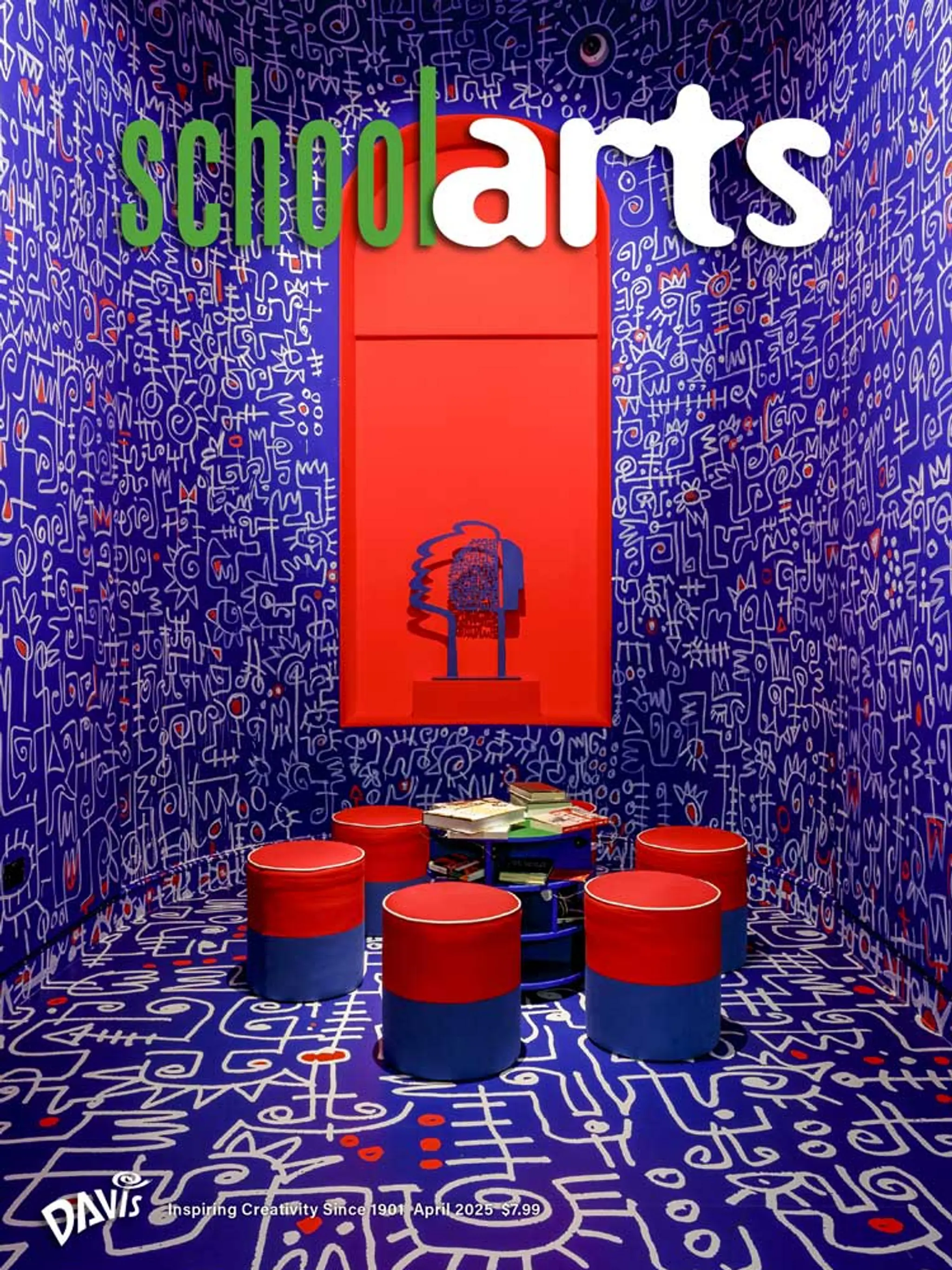
This issue focuses on various interpretations of contemporary art and what art means for students today. Young students connect to the natural world and print with leaves, elementary students combine elements from historical and contemporary artworks to create a new work of art, middle-school students explore the large-scale sculptures of Claes Oldenburg and Coosje van Bruggen, high-school students channel contemporary themes into a self-portrait photo composite, and more.
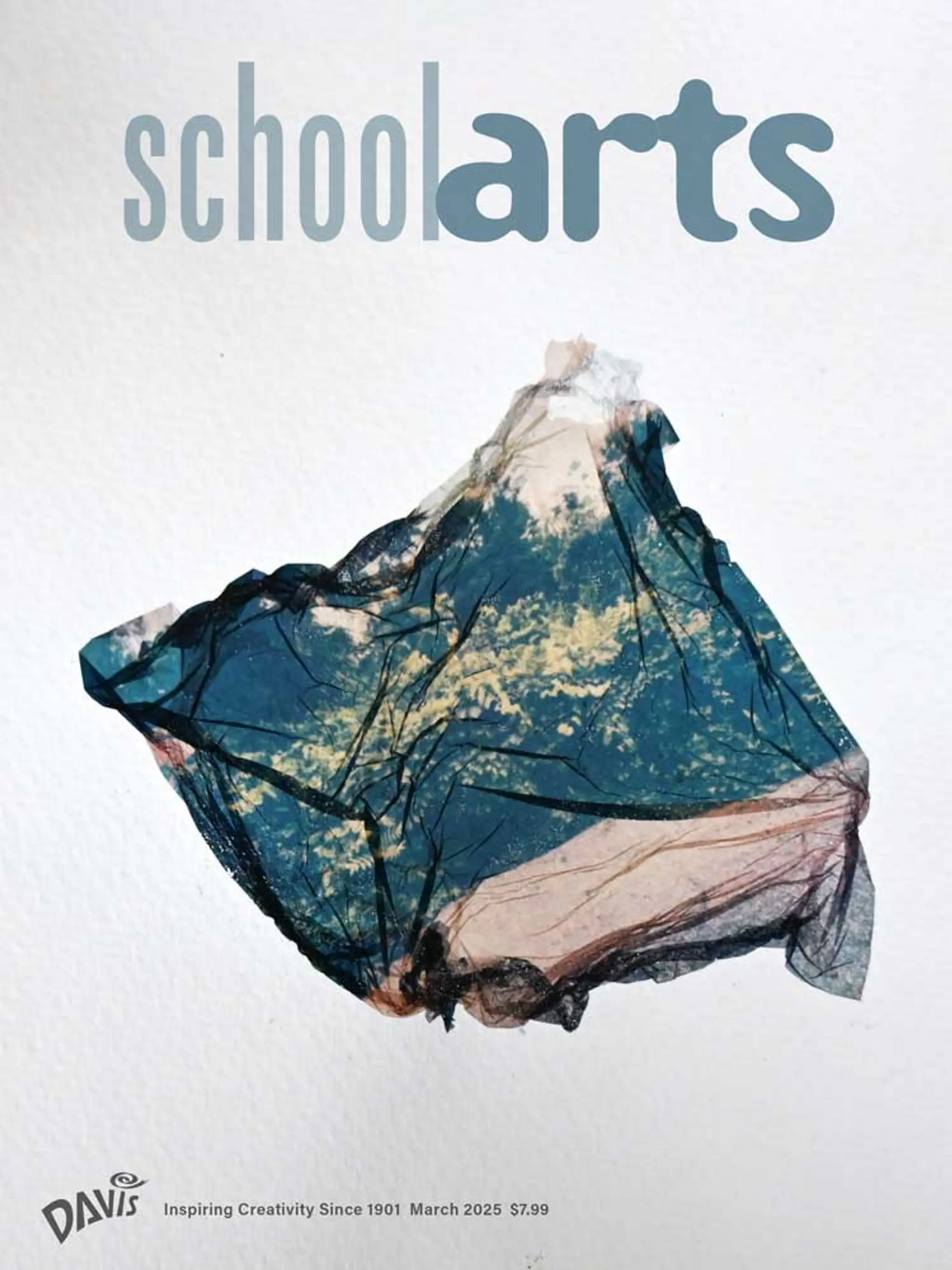
This issue introduces various ways to address advocacy through different lenses, ranging from cultural perspectives to embracing mistakes and self-expression. Young students use creative thinking skills to connect with themselves and the world around them, elementary students turn mistakes into works of art, middle-school students make clay puzzle pieces with symbolic objects representing their interests, high-school students create detailed fabric portraits, and more.
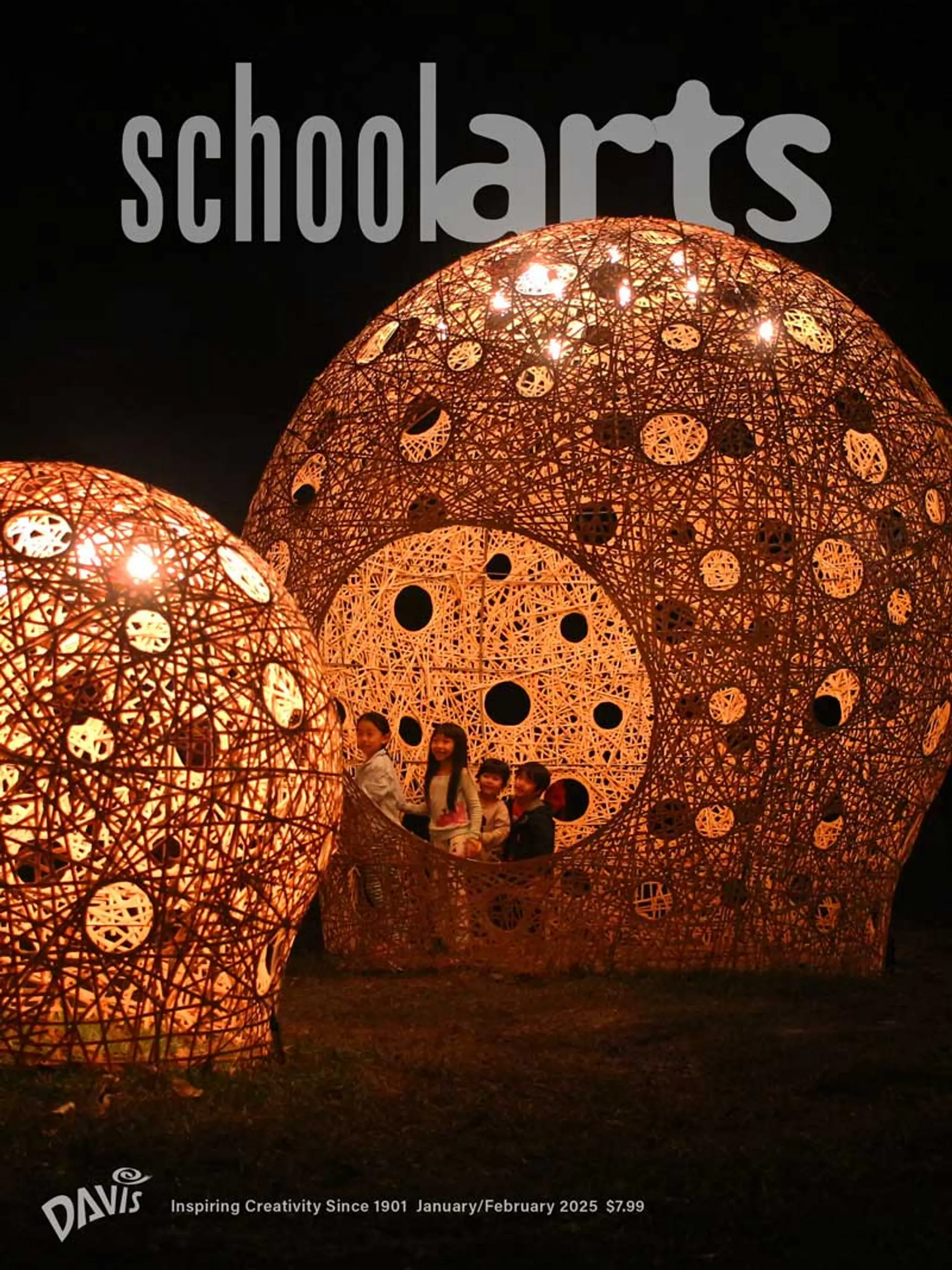
This issue highlights several ways in which art teachers have integrated collaboration into their teaching practice, such as providing students with opportunities to problem-solve and work together throughout the year, learning about the Sustainable Development Goals and creating a tile installation symbolizing them, inviting a local florist to teach an art lesson, collaborating with an artist to create an outdoor installation, and more.
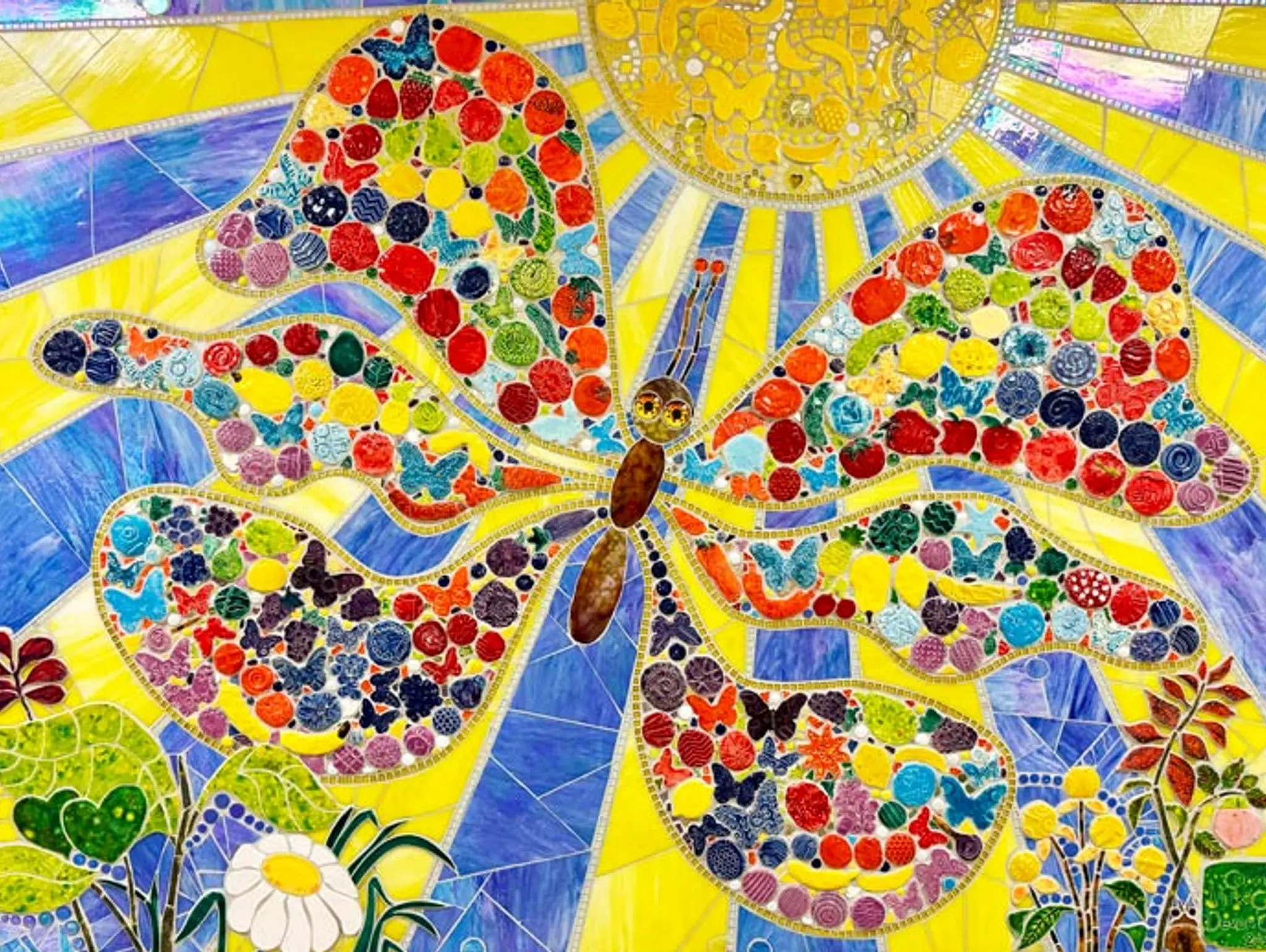
Young students collaborate on a school-wide clay mosaic inspired by The Very Hungry Caterpillar and its transformation.
1 November 2025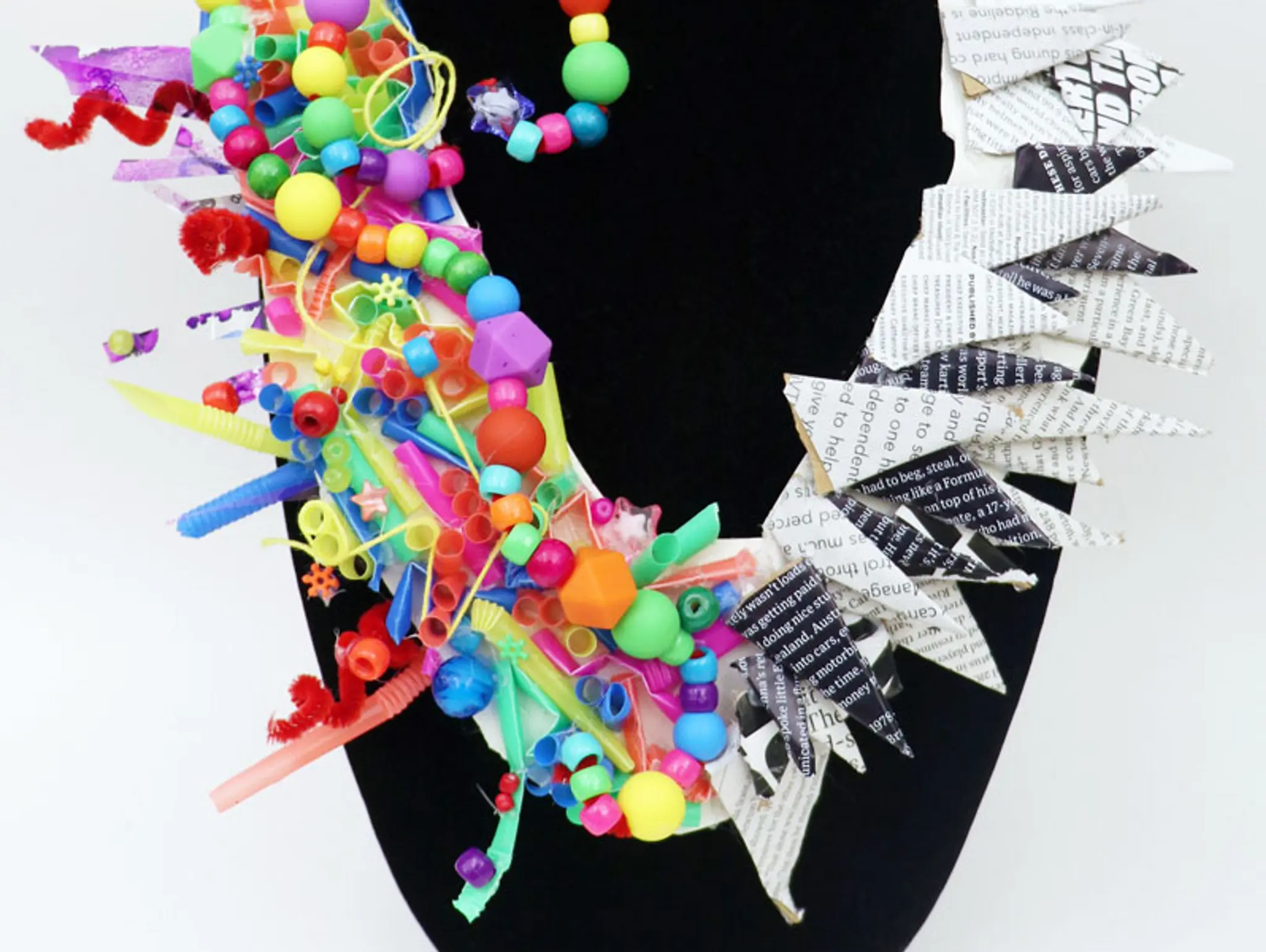
Middle-school students transform recycled materials into wearable art, demonstrating their understanding of contrast and balance.
1 November 2025
Elementary students breathe new life into recycled cardboard by creating layered low-reliefs inspired by landscapes.
1 November 2025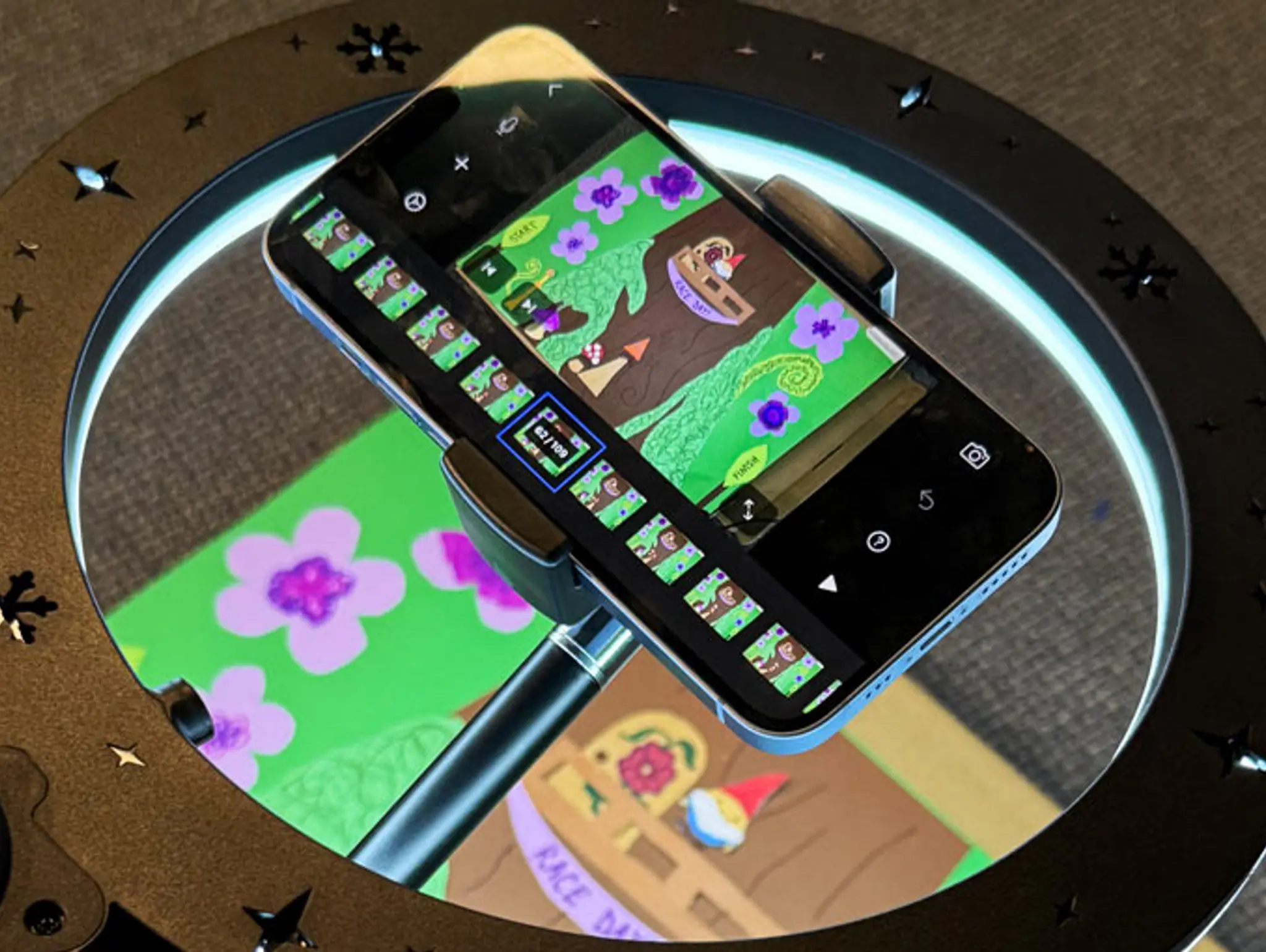
Middle-school students become stop-motion animators and storytellers while exploring CTE and audio-visual concepts.
1 November 2025
Frank Juárez, SchoolArts editor-in-chief, explores how creativity and collaboration can transform artists, educators, and students.
1 November 2025
Contemporary painter Christopher Sweet channels his Ho-Chunk heritage and vibrant color to celebrate Native American identity, resilience, and healing.
1 November 2025
Middle-school students become stop-motion animators and storytellers while exploring CTE and audio-visual concepts.
Media Arts, 1 November 2025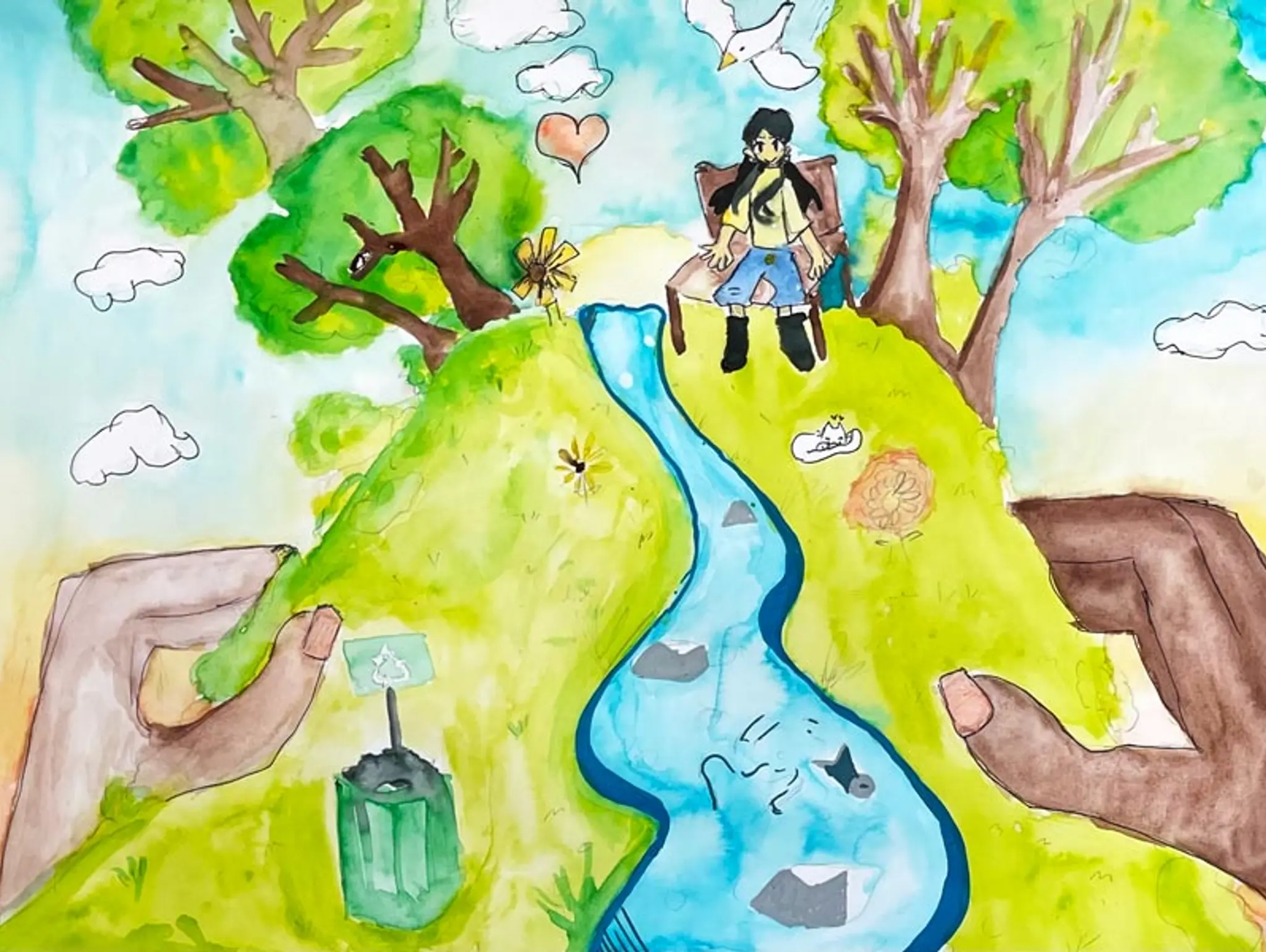
Middle-school students make connections between the environment, artificial intelligence, and watercolor painting while participating in an art contest.
Media Arts, 1 August 2025
Middle-school students take ownership over their learning while gaining familiarity with digital tools and creating a woven optical illusion.
Media Arts, 1 June 2025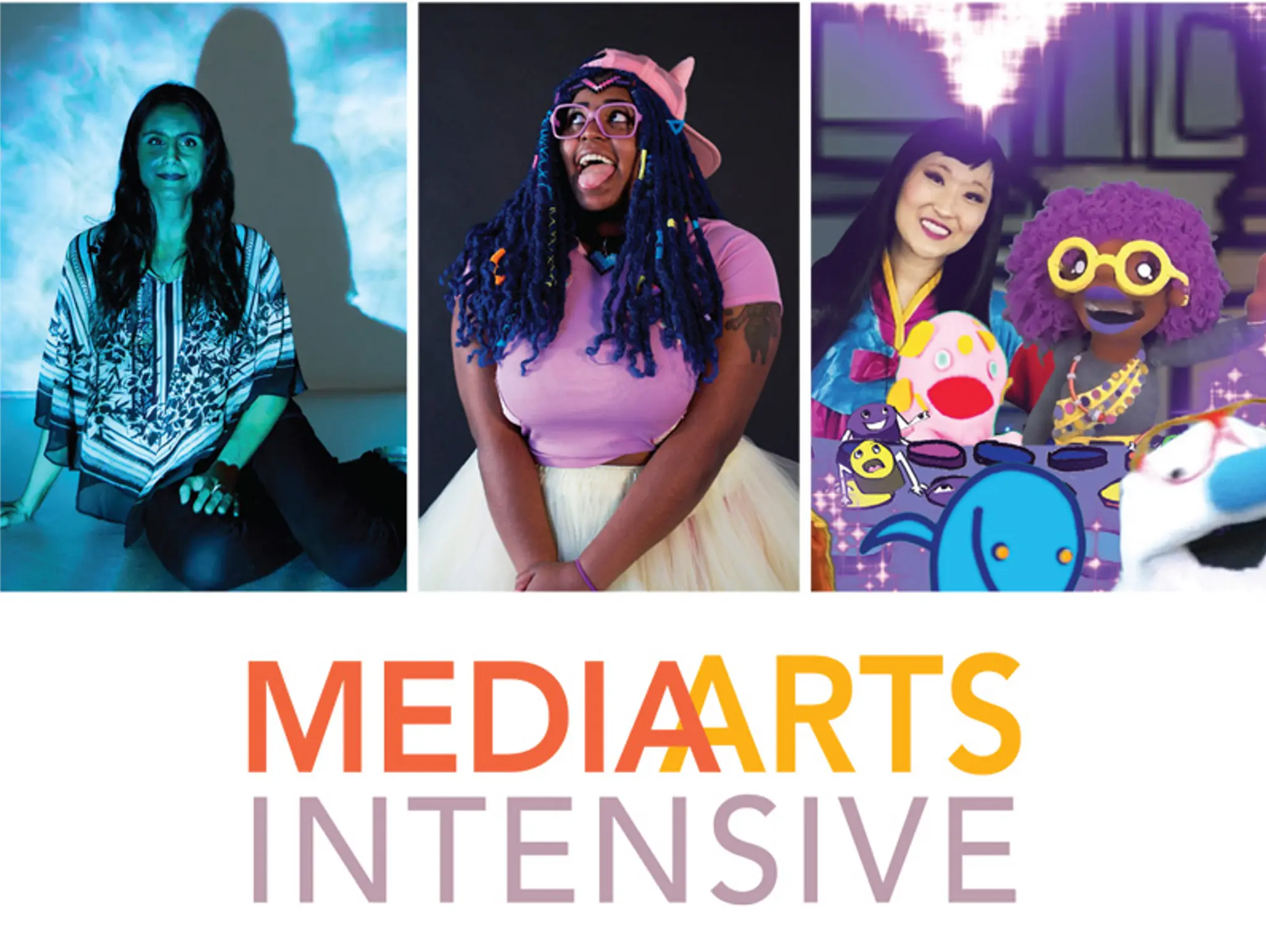
Get over 14 hours of professional development from wherever you are! This exciting virtual learning opportunity is the Media Arts content you have been looking for! Be inspired by 34 engaging sessions relevant to today’s classrooms. Learn at your own pace with access to all the content for one year.
Media Arts, 1 June 2025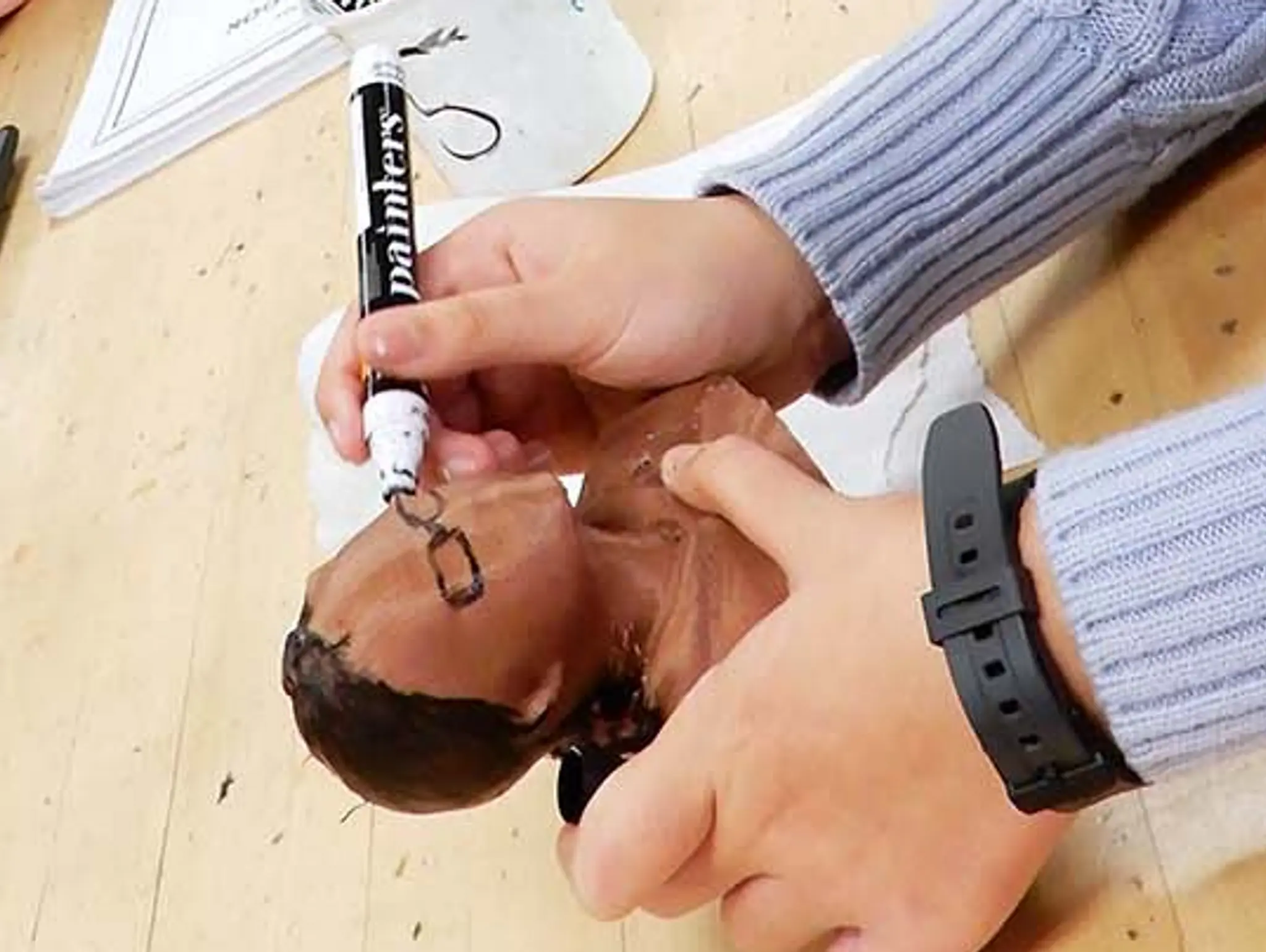
Middle-school students use 3D-scanning technology and modeling software to capture and print lifelike portraits.
Media Arts, 1 June 2025